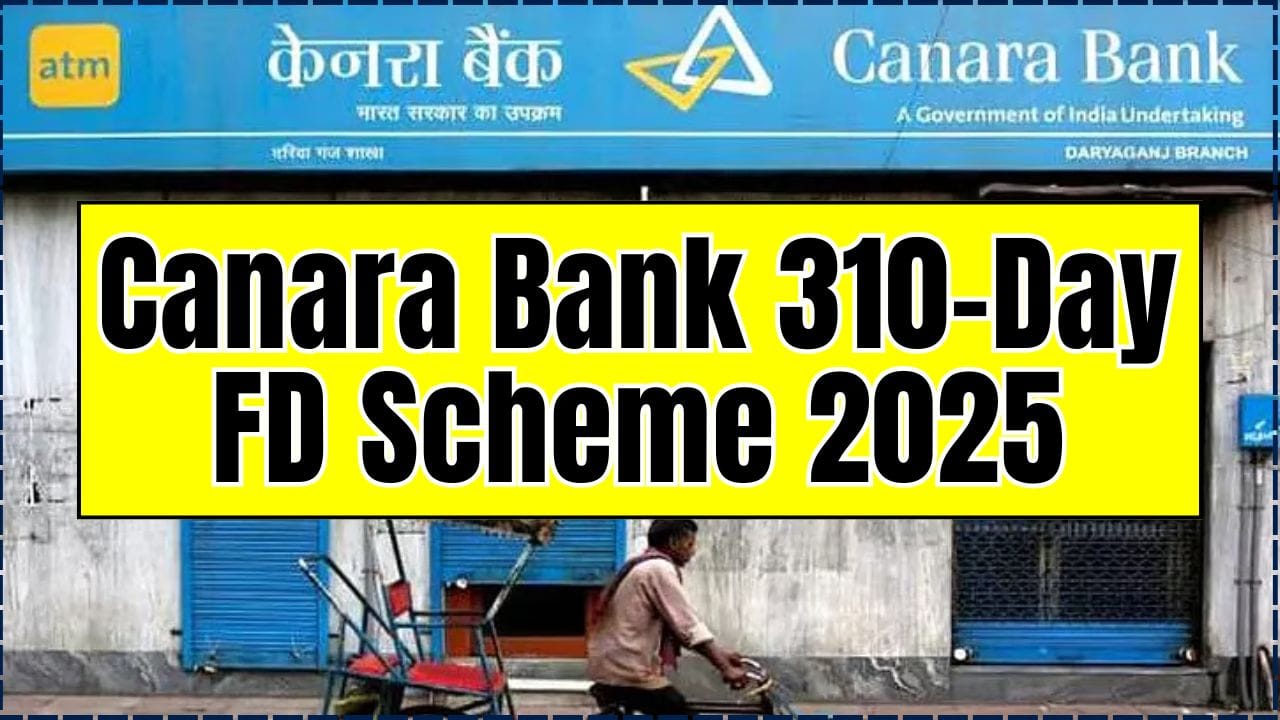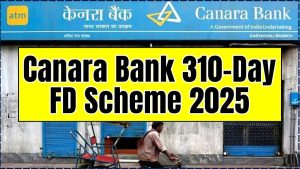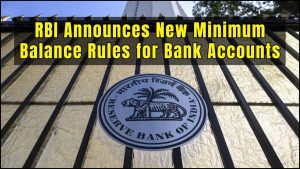If you’ve been tracking pension reforms, here’s the bottom line: the Old Pension Scheme is not returning for central government employees, and India’s retirement policy is moving decisively toward a contributory, sustainable model anchored by the National Pension System and a Unified Pension Scheme that adds a minimum assurance layer. This shift closes years of speculation, sets clear expectations for new and existing employees, and prioritizes predictable pensions without shifting open‑ended liabilities to future budgets. In simple terms, it protects your retirement income while keeping the system financially sound.

This is a practical balance: keep the market-linked growth engine of NPS, but add rules-based assurance under the new framework so retirees aren’t left guessing about income stability. That’s why the new pension framework emphasizes minimum pension thresholds, service-linked conditions, and transparent timelines for opting in where applicable. For employees, the message is straightforward plan contributions and asset choices seriously, because the corpus still matters, but expect clearer guardrails around your final pension outcomes.
NPS Update
| Item | Key Details |
|---|---|
| Effective Model | Contributory framework centered on NPS with an integrated assurance layer via the Unified Pension Scheme for eligible cohorts. |
| OPS Status | Discontinued for new entrants since 2004; no restoration at the central level under the current policy direction. |
| Eligibility Snapshot | Existing NPS-covered central employees as of rollout dates, new recruits thereafter, and specified cohorts as notified. |
| Option Windows | Time-bound opportunity for eligible employees to opt into the new assurance structure as per official notifications. |
| Minimum Pension | Indicative floor of ₹10,000 per month at defined qualifying service thresholds, with proportional scaling. |
| Assurance Concept | A service-linked assurance that may target up to 50% of average last-12-month basic pay at full-service thresholds. |
| Investment Design | NPS fund architecture retained: life-cycle options, government securities defaults, and governed change limits. |
| Policy Rationale | Fiscal sustainability, predictability for employees, and transparent rules over unfunded guarantees. |
The retirement system is settling into a durable shape: NPS remains the engine for growth, the Old Pension Scheme does not return, and the new framework adds a clear assurance for income stability. For employees, that means two things. First, double down on disciplined contributions and sensible allocation your corpus still matters. Second, understand the service thresholds and timelines so the assurance works for you, not just in theory but at the moment you need it most.
Background Of the Three Schemes
To understand the shift, it helps to see how India’s pension policy evolved across three phases. First came the Old Pension Scheme, which promised defined benefits funded entirely by the government a non-contributory model that offered certainty but created a growing fiscal burden. Then came the National Pension System in 2004, shifting to a defined-contribution approach with market-linked returns and shared responsibility. The latest step is the Unified Pension Scheme layered within the NPS ecosystem, aiming to balance predictability and sustainability through minimum guarantees and clear service rules.
What The New Framework Changes
The new framework doesn’t replace NPS; it refines it. Your contributions and investment choices remain crucial for building the retirement corpus, but the assurance layer helps stabilize outcomes. Think of it as adding a safety net: market-linked growth continues to compound over your career, while an assurance mechanism mitigates income volatility at retirement. This approach also brings clarity on family pension, voluntary retirement scenarios, and resignation cases through rule-based treatment, reducing uncertainty at critical life moments.
Who Can Opt and by When
Eligibility focuses on central government employees already under NPS at the time of rollout and new recruits joining thereafter, with specific provisions for defined cohorts. If you fall into an eligible group, pay attention to official notifications and deadlines for exercising your one-time option. Missing the window can mean forfeiting the assurance feature, so line up your service records, understand the implications for withdrawals and annuitization, and get your paperwork in order early.
Contributions, Choices, And Defaults
Your investment journey remains inside the NPS structure, which means you can choose between life-cycle funds or conservative options like government securities, subject to annual change limits. For many, the age-adjusted life-cycle route keeps risk calibrated as retirement approaches. If you prefer more stability, a higher G-sec allocation can cushion volatility, though it may reduce long-term growth potential. The right mix depends on your time horizon, risk appetite, and other retirement assets.
Minimum Pension and Service Rules
A central pillar of the new framework is the service-linked minimum pension floor. Employees meeting the qualifying service threshold can expect at least a defined monthly minimum, with proportional adjustments for shorter service brackets within the rules. In addition, assurance toward a share of the average basic pay over the final 12 months may apply at full-service levels, helping align retirement income with late-career earnings. Family pension norms, often set as a percentage of the last pension, aim to protect dependents with consistent, rules-based benefits.
Why OPS Is Off The Table
Unfunded, non-contributory pensions expose the public purse to rising, unpredictable liabilities, especially as longevity increases and more workers retire. Returning to that model would crowd out development and welfare spending, force tradeoffs in salaries and hiring, or increase debt. The current framework avoids those pitfalls by keeping contributions and market participation at the core, while addressing employee concerns about income certainty with calibrated assurances rather than blanket guarantees.
What This Means For Your Retirement Plan
- Map your service years: Knowing where you stand relative to qualifying thresholds allows you to estimate assured outcomes and decide on optionality in time-bound windows.
- Optimize asset allocation: Use life-cycle funds for automated de-risking or customize your split between equity, corporate debt, and government securities to suit your risk profile.
- Coordinate with other assets: EPF balances, gratuity, and personal investments should be planned alongside NPS so that the assurance layer complements, not substitutes, your overall retirement income strategy.
- Watch withdrawal rules: Lump-sum choices, annuity requirements, and any replenish-or-restore conditions related to the assurance can affect net monthly pension model scenarios before deciding.
- Keep documents updated: Service records, nominations, and family details must be accurate to ensure smooth processing of retirement and family pension benefits.
How The Assurance Layer Works In Practice
The assurance is designed to sit on top of your contribution-driven corpus, not replace it. In a strong market cycle, your accumulated corpus may comfortably exceed thresholds, making the assurance a backstop rather than a primary driver of income. In weaker cycles, the assurance helps keep income from falling below policy-defined levels, subject to conditions such as minimum service and treatment of withdrawals. This design nudges disciplined saving while tempering market downside at retirement.
Impact On Different Employee Profiles
- Early-career recruits: The long runway favors growth assets within NPS, allowing compounding to do the heavy lifting while the assurance provides future stability.
- Mid-career employees: Asset allocation should gradually rebalance, with more attention to the qualifying service thresholds and the timing of the option window.
- Late-career employees: Focus shifts to sequence-of-returns risk management, potential annuity rates, and the mechanics of the assurance; small allocation errors can have outsized effects near retirement.
Family Pension and Risk Cover
Family pension provisions are a critical stability feature, typically structured as a percentage of the last pension drawn. This ensures continuity of income for dependents in case of the pensioner’s death. Complement this with adequate life insurance and health coverage during service years. The coordination between family pension and private risk cover determines how resilient your household finances will be to life shocks.
Voluntary Retirement, Resignation, And Edge Cases
The rules distinguish between superannuation, VRS, and resignation, with different consequences for corpus treatment, assurances, and family benefits. If you’re planning an early exit, model the pension impact several years ahead—especially the effect on qualifying service and any proportional scaling of assured payouts. Small timing differences can materially change outcomes.
Tax Considerations And Cash Flow Planning
NPS continues to offer tax benefits during accumulation, with specific limits and conditions. At exit, your choices around lump sum versus annuity affects immediate taxes and long-term cash flows. The assurance layer doesn’t remove the need for a realistic budget in retirement map expected pension, annuity income, and investment withdrawals against living costs, healthcare, and contingency buffers.
Maharashtra Inter Caste Marriage Yojana 2025 — Apply Online Before Registration Closes
Practical Checklist For Employees
- Confirm eligibility and read the latest official notifications.
- Note option windows and submission requirements well in advance.
- Review asset allocation annually; shift risk gradually as retirement nears.
- Simulate retirement income under different market-return and annuity scenarios.
- Keep nominations and family records up to date; document everything.
- Seek professional advice if facing complex decisions around VRS or resignation.
FAQs on Old Pension Scheme
Does The New Pension Framework Replace NPS?
No. The framework operates within the NPS architecture, preserving the contributory, market-linked design while adding an assurance layer for minimum pension under defined service conditions. Your NPS choices still drive the bulk of your retirement corpus.
Can Existing Central Government Employees Opt Into The Assurance?
Eligible NPS-covered employees at the time of rollout may receive a one-time option within notified timelines. Watch official circulars for the cutoff date, documentation requirements, and the exact process to exercise the option.
Is The Old Pension Scheme Coming Back For Central Employees?
No. The current policy direction rules out a return to unfunded, non-contributory pensions at the central level. The focus now is on sustainable, contributory systems that remain predictable and fiscally responsible.
What If I Retire with Less Than the Full-Service Threshold?
The assurance is service-linked and typically scales proportionally between defined minimums and full-service levels. If you are short of the top threshold, expect proportionate benefits as specified by the rules at the time of retirement.
















